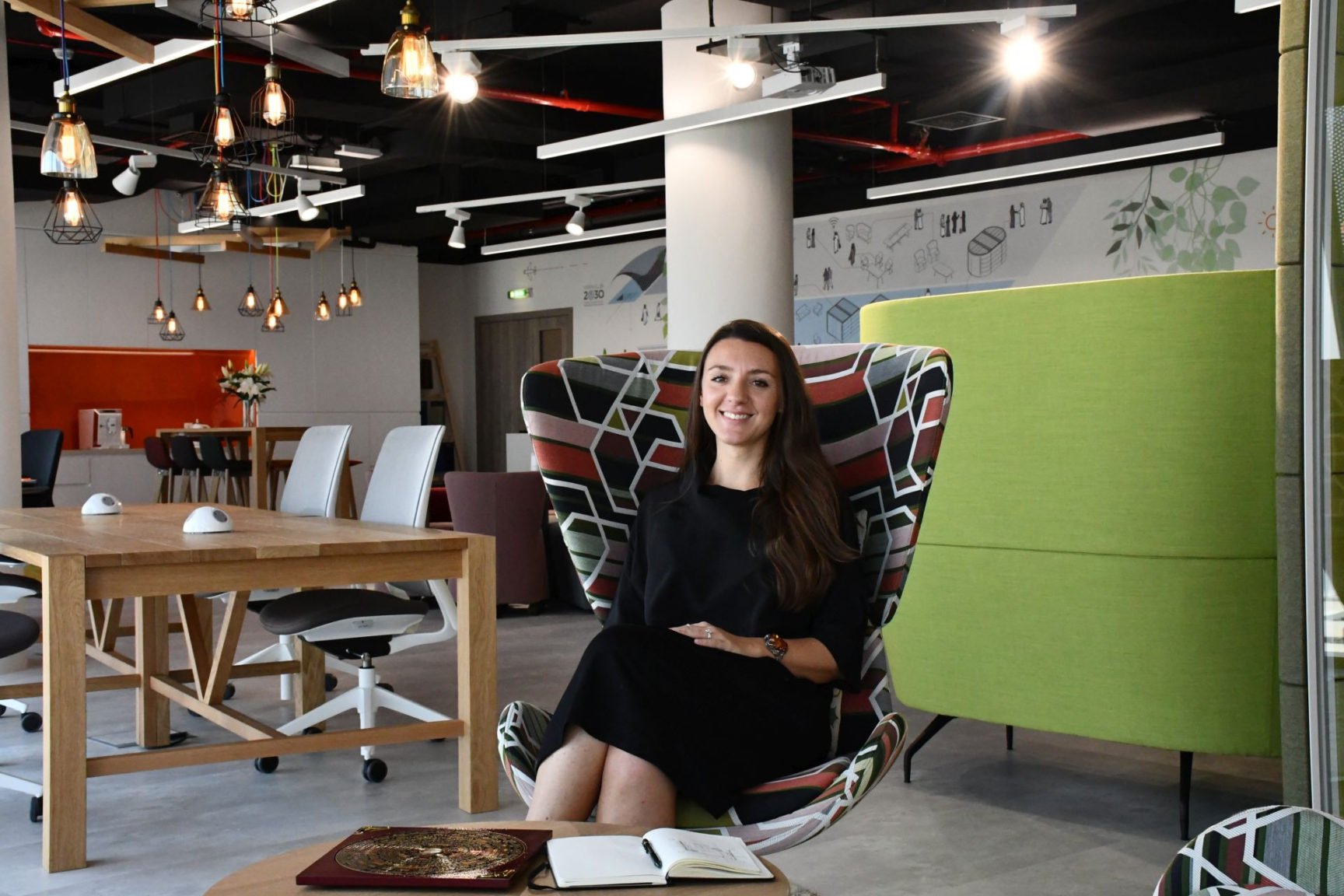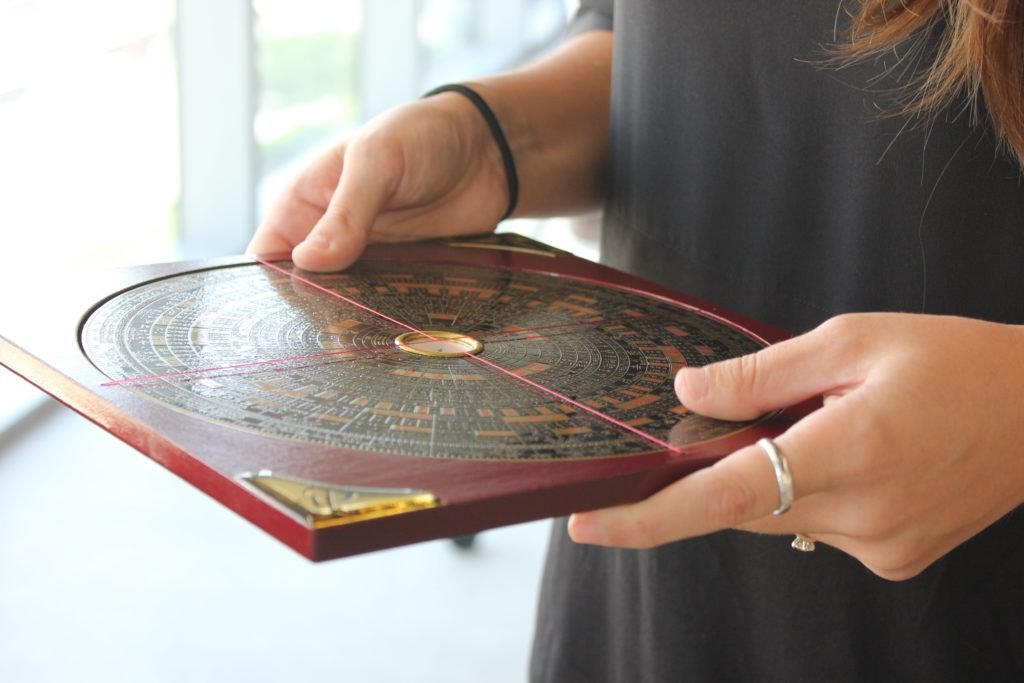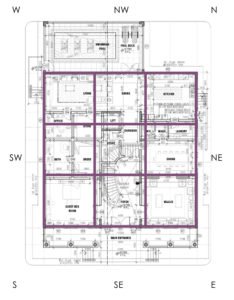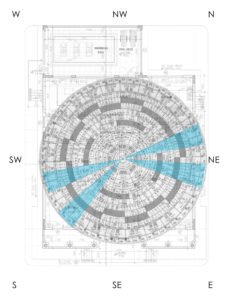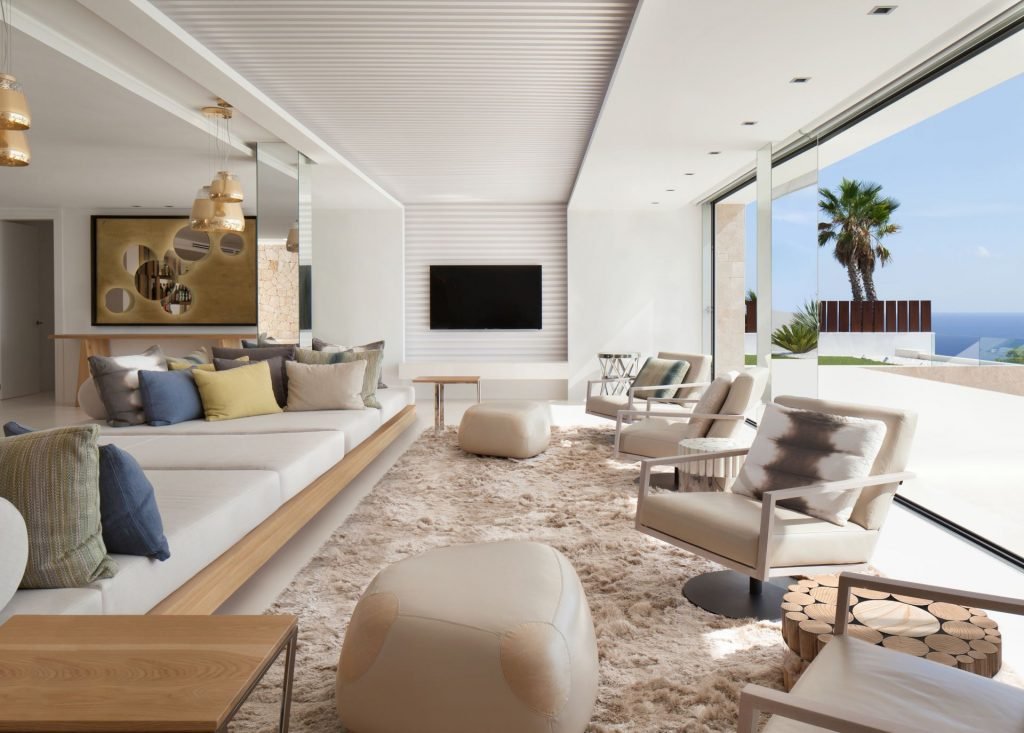What common ground does a millennia-old Chinese practice share with contemporary interior design? More than you think.
In an increasingly digital world, you’d be hard-pressed to find an advocate for a service that doesn’t involve a computer or an app. But architect and Feng Shui practitioner Valentina Cereda believes otherwise. Looking to add a new dimension to her years of interior design experience, Valentina met with a Feng Shui Master who not only introduced the art but how to the identify the cosmic energies that affect our wellbeing. Through her new practice, Valentina hopes to apply her new skills to balance these intangible yet significant energy forms, which align with her dedication to designing spaces that create a lasting positive impact on its residents.
We chat with the enthusiastic Valentina on what Feng Shui is about, the response so far, and what a typical audit looks like.

